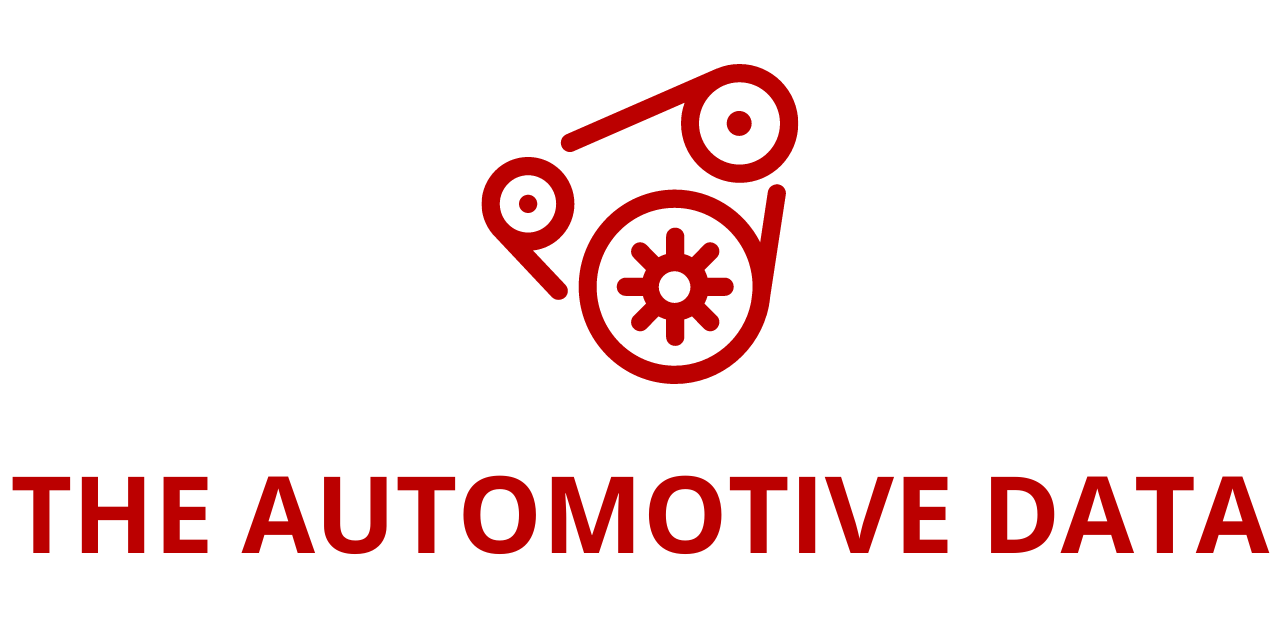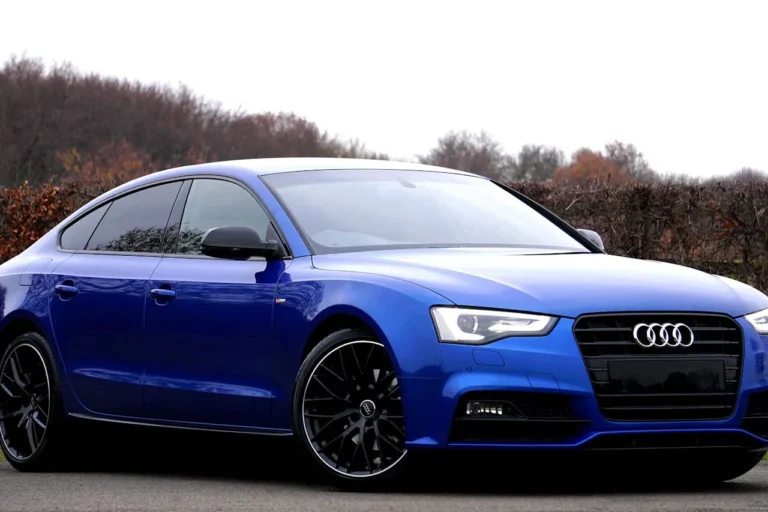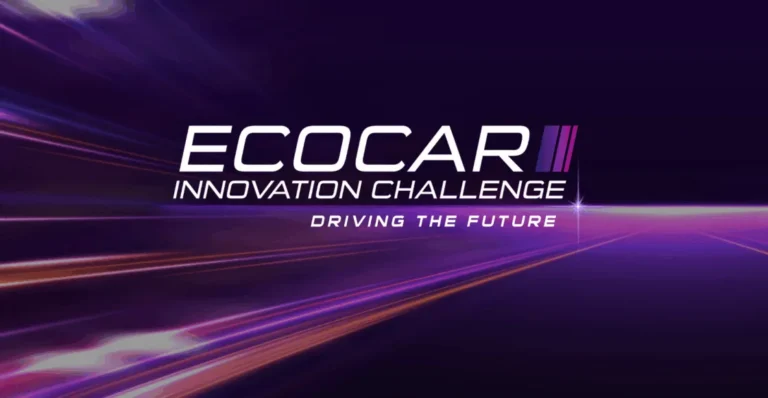
Connected Car Solutions Market Set to Surge to $148.6 Billion by 2030, Driven by V2X Evolution, AI Integration, and MaaS Demand
The global connected car solutions market is undergoing a rapid transformation, signaling a new era in automotive innovation. According to the newly released Connected Car Solutions – Global Strategic Business Report from ResearchAndMarkets.com, the market was valued at $54.4 billion in 2024 and is projected to grow at a CAGR of 18.2%, reaching $148.6 billion by 2030. This comprehensive report delivers strategic insights into the technological shifts, market dynamics, and regional developments shaping the future of connected mobility.
Redefining the Driving Experience
Connected car technologies are fundamentally reshaping the automotive landscape. What began in the early 2000s as basic in-vehicle safety and security features has evolved into a multifaceted digital ecosystem, powered by IoT (Internet of Things), AI (Artificial Intelligence), and cloud computing. Vehicles are now able to seamlessly communicate with external devices, infrastructure, and each other, delivering a host of advanced services — from real-time traffic updates and predictive maintenance alerts to remote vehicle control and in-car entertainment.
At the heart of this transformation lies the integration of wireless communication capabilities that allow vehicles to interact with the world around them. These solutions go beyond mere connectivity, enabling personalized, efficient, and safe mobility experiences. With the rise of smartphones, advanced infotainment systems, and machine learning, connected cars are no longer futuristic concepts but practical necessities for today’s drivers and fleet operators.
Key Drivers Accelerating Market Growth
Several converging trends are driving the rapid adoption of connected car technologies:
- IoT Integration: IoT serves as the foundational platform for connected vehicles, integrating sensors and software that collect, process, and transmit data in real time. This data fuels AI-driven applications for navigation, entertainment, diagnostics, and remote management.
- AI and Machine Learning: These technologies enhance vehicle intelligence, enabling advanced driver-assistance systems (ADAS), predictive maintenance, voice-activated controls, and autonomous functionality. The ability to tailor the driving experience to individual preferences is becoming a key differentiator for OEMs.
- Improved Mobile Infrastructure: The global rollout of 4G and 5G networks enables faster data transmission and reduced latency, ensuring uninterrupted service for real-time applications like navigation, over-the-air (OTA) updates, and V2X (Vehicle-to-Everything) communication.
- Demand for MaaS (Mobility-as-a-Service): As urbanization increases and shared mobility models gain traction, connected solutions are playing a crucial role in fleet management, usage-based insurance, and ride-sharing applications.
- Smart City Integration: Connected cars are increasingly seen as vital components of broader smart city ecosystems. By sharing data on traffic flow, road hazards, and pollution, these vehicles support better urban planning and infrastructure management.
- Safety and Compliance: Connected features like automatic crash alerts, emergency assistance, and ADAS technologies are improving road safety and are often required under evolving regulatory mandates in various markets.
Market Challenges and Considerations
Despite the growth potential, the connected car ecosystem faces several challenges:
- Data Privacy and Security: With vehicles collecting vast amounts of user data, concerns around data protection and cybersecurity are top priorities. Innovations in encryption, secure authentication, and blockchain are being explored to mitigate these risks.
- High Development and Integration Costs: Incorporating connected features into vehicles requires significant investment, especially in developing custom software, ensuring interoperability, and complying with regional standards.
- Network Reliability: Consistent high-speed internet access remains a challenge in rural or underdeveloped areas, limiting the effectiveness of real-time connected features in certain geographies.
- Platform Fragmentation: The lack of standardization among automotive software platforms can hinder seamless integration and create issues for aftermarket upgrades.
V2X Technology and MaaS Drive Next-Generation Solutions
One of the most promising advancements in connected car technology is Vehicle-to-Everything (V2X) communication. This includes V2V (vehicle-to-vehicle), V2I (vehicle-to-infrastructure), and V2P (vehicle-to-pedestrian) technologies. By enabling vehicles to exchange information with their surroundings, V2X helps prevent collisions, optimize traffic flow, and reduce fuel consumption.
Simultaneously, the rise of Mobility-as-a-Service (MaaS) — which emphasizes shared, flexible, and app-based transportation — is increasing demand for connected features. Fleet operators, ridesharing services, and logistics companies are adopting connected solutions to monitor vehicle performance, manage routes, and enhance customer experience in real time.
Global Market Outlook and Tariff Impacts
The report delivers a robust analysis of market segments and regional trends. Among the most notable findings:
- The Embedded segment is projected to grow to $65.2 billion by 2030, reflecting a CAGR of 17.8%. This segment includes solutions that are built directly into the vehicle’s hardware and software.
- The Integrated segment, which allows for more seamless connectivity between vehicles and external devices, is expected to grow at a CAGR of 19.9% through 2030.
- Regionally, the U.S. market was valued at $13.6 billion in 2024, while China is forecasted to reach $39.2 billion by 2030, growing at a CAGR of 23.1%, underscoring its role as a global leader in automotive innovation.
The report also includes analysis of ongoing tariff negotiations across 180+ countries and their influence on global supply chains. Trade dynamics and regulatory changes are reshaping competitiveness, manufacturing costs, and cross-border collaboration. Insights from leading economists and over 200 policy institutions have been integrated into the report’s forecasting models to help businesses anticipate and mitigate emerging risks.
Key Players and Competitive Landscape
The market is home to a diverse array of players, ranging from traditional automakers to tech giants and connectivity specialists. Key companies profiled in the report include:
- Automotive OEMs: Audi AG, BMW AG, Ford Motor Company, Toyota Motor Corp, General Motors, Daimler AG, Nissan Motor Co., Ltd.
- Technology Firms: Apple Inc., Google Inc., Microsoft Corp., Intel Corporation, Qualcomm Inc.
- Telecom Providers: AT&T, Inc., Verizon Communications, Vodafone Group Plc
- Software and IoT Specialists: Airbiquity Inc., Sierra Wireless, QNX Software Systems, WirelessCar, Octo Telematics SpA
Each of these companies is contributing to the growing ecosystem of connected car services through innovations in software platforms, communication protocols, infotainment systems, and in-vehicle sensors.
Report Features
- Comprehensive Data: Market forecasts from 2024 to 2030, segmented by form type (Embedded, Integrated, Tethered) and end use (OEMs, Aftermarket)
- Regional Analysis: Coverage of major regions including North America, Europe, Asia-Pacific, Latin America, Middle East, and Africa
- Competitive Insights: Market share scenarios, SWOT analysis, and evaluation of competitive presence (Strong/Active/Niche/Trivial)








